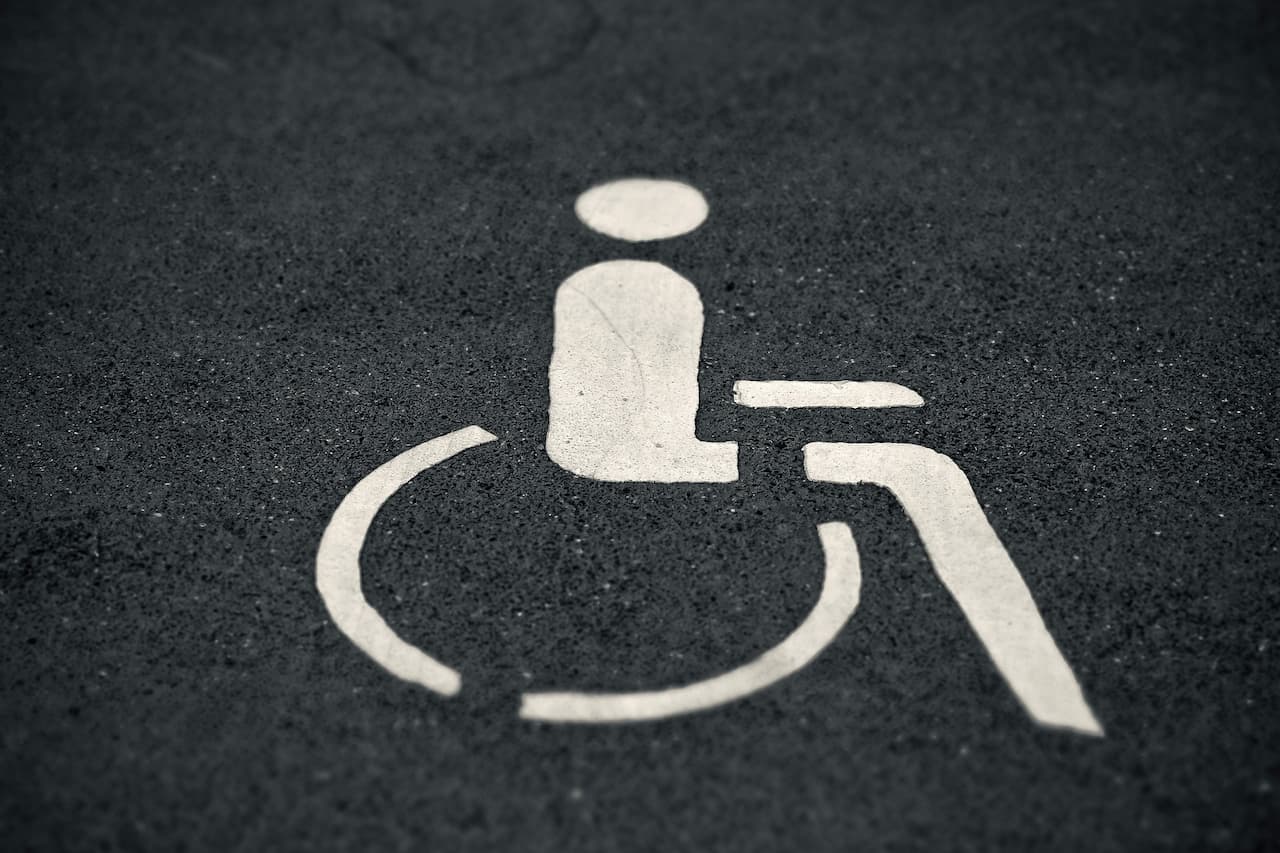
With the advent of new technologies such as artificial intelligence, virtual reality, and robotics, the future of people with disabilities is looking brighter than ever before. While these rapidly developing technologies have created exciting opportunities for people of all abilities, it is particularly empowering for those with disabilities. From assistive devices that offer greater freedom and independence to more inclusive job opportunities made possible by digital systems, technology has opened up a world of possibilities for people with disabilities.
In the near future, we can expect to see even more technological advances that will make life easier and more accessible for those with disabilities. For instance, voice recognition technology will continue to evolve and become increasingly intuitive, so that it can better understand and respond to different accents, speech patterns, and dialects. This will enable people who communicate differently to access the same digital tools and services as everyone else. Additionally, virtual reality is being used to create simulations that can simulate various disabilities, allowing people to experience what it’s like to have a physical or cognitive impairment.
In the long term, advances in robotics and artificial intelligence will open up new opportunities for those with disabilities. For instance, intelligent robotic arms that are operated by brain signals could eventually provide an alternative to manual wheelchairs, allowing those with limited mobility to regain more of their independence. In addition, AI-assisted medical devices may be able to predict and diagnose health issues earlier, enabling people with disabilities to receive the treatment they need sooner.
The future of technology looks bright for people with disabilities, as new innovations continue to empower them in various ways. As technology continues to evolve, we will undoubtedly see even more groundbreaking advances that further improve the lives of people with disabilities.
Features of innovations for people with disabilities
Innovation has the potential to revolutionize the lives of people with disabilities. Technology is increasingly being developed to make life easier for those who are disabled and allow them to take part in activities that would otherwise be difficult or impossible. There are a number of features that can be included in products and services designed specifically for disabled people, ensuring they not only have access to these technologies but also benefit from them.
Some of the features that can be included in innovations for people with disabilities include tactile interfaces, voice recognition and control, visual cues, adjustable settings, and haptic feedback. Tactile interfaces allow those who are blind or have impaired vision to interact with a device through touch. Voice recognition and control technologies enable users to issue commands verbally rather than having to type them out. Visual cues provide context for those with hearing impairments, while adjustable settings and haptic feedback allow users to tailor a device’s functionality to their specific needs.
In addition, accessibility-focused software design and development can ensure that products and services are accessible to all users, regardless of ability level. This includes ensuring the user interface is intuitive and easy to navigate, supporting screen readers, providing alternatives to auditory information, and adding captions to videos.
In summary, the future of technology looks bright for people with disabilities. With advances in robotics, artificial intelligence, and other technologies, disabled people will have access to new tools that can provide them with greater independence and opportunities. Additionally, innovation can include a range of features that make products and services more accessible to those with disabilities. Ultimately, these innovations will not only improve the lives of disabled people, but also ensure that everyone can benefit from technology.
Digital technologies that are created for people with disabilities
Digital technologies created for people with disabilities have made a huge impact on their lives in recent years. From accessibility tools to help people with vision impairments use computers and the internet, to virtual reality headsets that allow those with physical impairments to explore faraway places, the possibilities are endless.
In the near future, these types of digital technologies will become even more advanced. This could include technologies such as eye-tracking, which could enable people with disabilities to control their computer or phone with just their eyes, and voice-controlled home automation systems that can be operated by those with limited mobility. Additionally, 3D printing could eventually be used to create custom prosthetics for those who need them.
These digital technologies provide new opportunities for people with disabilities to participate in activities and experiences that may have previously been inaccessible to them. Additionally, they can help improve quality of life and increase independence.
In recent years, advances in technology have allowed people with disabilities to take part in activities that were previously impossible. For example, new technologies such as speech recognition and assistive hearing devices can help those with hearing impairments communicate more effectively. Additionally, the use of robotics and artificial intelligence are helping to create accessibility solutions for a wide range of disabilities, including those related to mobility, vision and cognitive functioning.
In the future, digital technologies will continue to evolve and provide new opportunities for disabled people. This could include everything from improved virtual reality systems for those with physical impairments, to more advanced robotics that can help those with cognitive disabilities participate in activities of daily living. Ultimately, these advances in technology will make a huge impact on the lives of people with disabilities and help them lead more independent and fulfilling lives.